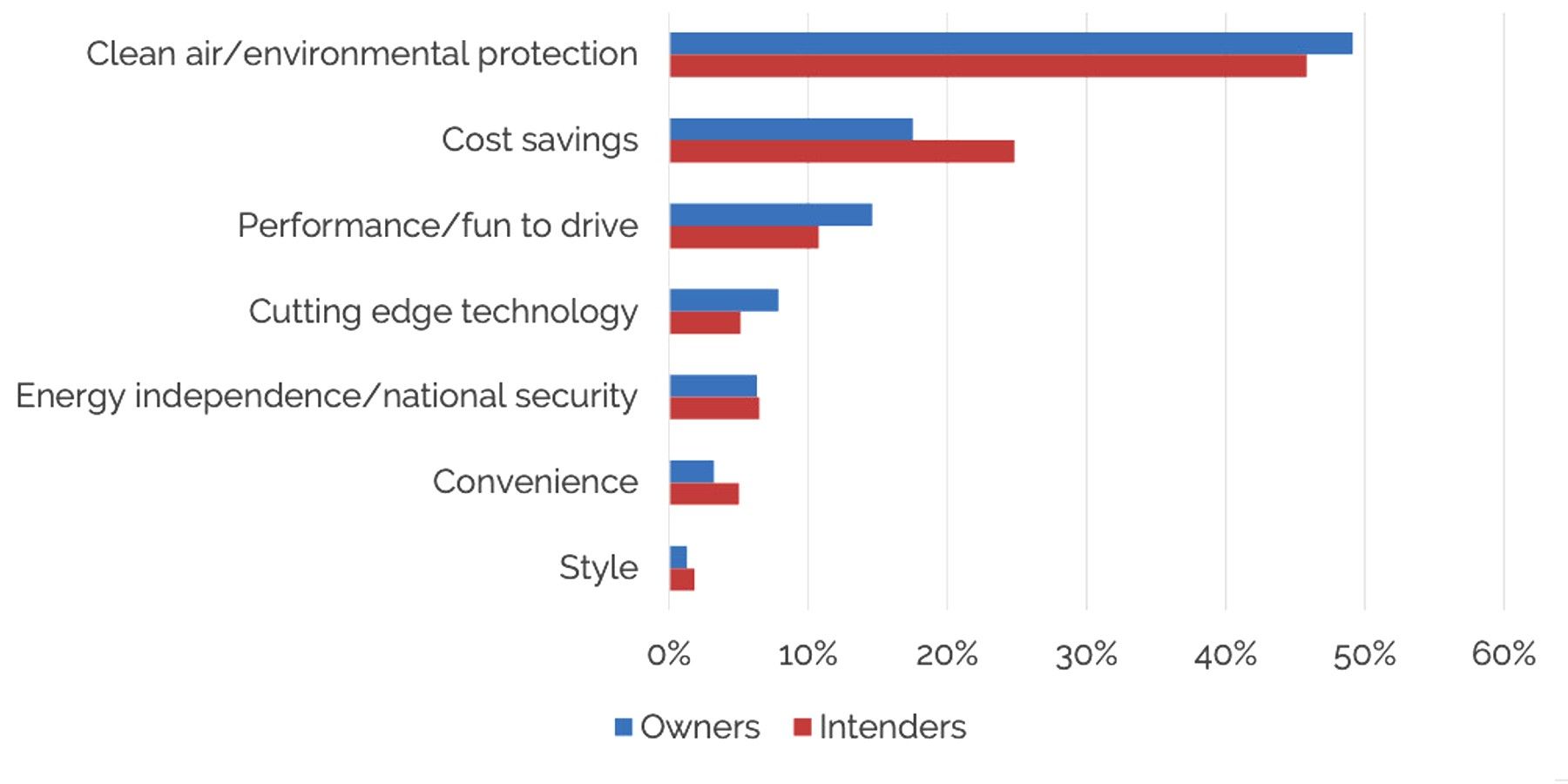While the environment continues to lead, drivers looking to buy an EV have shifted their priorities, with costs savings and convenience becoming more important. When modern EVs first arrived more than a decade ago, they were presented as the green solution that would save the world from a global fleet of contaminating vehicles. That was the main pitch, with aspects like price and savings additional benefits for drivers.
The first EV makers, like Tesla, were less concerned with price. After all, they were manufacturing advanced and costly tech and tended to pass those costs on to the consumer. As technology has evolved and more EVs roll off the production line, however, prices begin to drop. Today a growing trend for affordable EVs is on the rise, with average prices set at $30,000, or less. These new cheap EVs are opening the door to a massive new audience.
A study by Plug In America found that drivers coming into the EV world for the first time, as well as those that have been there for a while, have different priorities when it comes to why they buy an EV. Those interested in buying an EV today are less motivated by the environment and more interested in costs savings than existing EV owners. As noted by Green Car Reports, the survey included 8,000 US respondents and was conducted prior to the Russia-Ukraine war, with increased gas prices having since lead to a surge in EV interest.
What Makes An EV Buyer Today
Plug In America explains that early adopters were willing to pay for the development of EV technology and ready to sacrifice costs savings in favor of the environmental benefit. Less so today, however. Clean air for early adopters was chosen by almost 50%, while about 45% of newcomers will still buy an EV for that reason. When it comes to costs savings, the difference between both groups is more evident. About 25% of those who intend to buy an EV today cite costs savings as a priority, compared to 18% for existing owners.
Performance and 'fun to drive' have also become less important for the new generation of EV buyers. While energy independence continues to be equally vital, convenience is on the rise. Cars like the Chevy Bolt and the Mini-Cooper are today's best-selling cheap EV models with prices as low as $29,900. These small-sized cars are appealing to younger buyers who are environmentally aware, on a tighter budget, and don't need a car that can travel 200 miles per hour. Cars like the Hyundai Ioniq 5, do the same for the crossover SUV market, breaking away from the constraints of a sedan. The Ford F-150 Lightning is taking things even further by transforming the best-selling car in the US into an all-electric power truck that is craving to be driven by millions, and with a price of just $40,000.
The reasons why people buy an EV may continue to change as car brands find innovative ways to take the green mobility shift global. Eventually, all drivers will expect their new car to have zero-tail-pipe emissions, with price, performance, convenience, technology, and costs savings likely ruling the EV market.
Source: Plug In America, Green Car Reports


